by Diyorbek Ibragimov, guest researcher from the Law Enforcement Academy of Uzbekistan
It is worth saying that nowadays, it is impossible to imagine social life without information technologies. Information technologies have penetrated into every sphere of social life. In particular, in anti-corruption programs developed by the world community, in scientific and applied research, information technologies are considered one of the important positive advancements in preventing corruption.
However, to effectively use the existing opportunities of information technology in the fight against corruption, it is necessary to thoroughly analyze the causes of corruption in each field, the conditions that create opportunities for it, and the dangers of its possible occurrence in the future. Also, introducing the best practices of foreign countries in this regard in fighting against national corruption may not constantly have a positive effect. After all, corruption has taken root in different forms and conditions in every country and society.
Scientific and practical studies show that there are two different views on the important aspects of the introduction of information technologies in the fight against corruption in the world. First, through ICT opportunities, the entire population has access to open information about state agencies’ activities and active public control over their activities. The impact of ICT against corruption is influenced by the reduction of information asymmetries, the automation of processes, the limitation of public officials’ discretion, and the reduction of intermediaries and red tape (Grönlund et al., 2010). The second is to prevent corruption factors by digitizing the activities of state bodies. In this case, the most important thing is to prevent corruption by reducing the human factor in the implementation of some areas of activity of state bodies.
In today’s world, the introduction of modern information technologies in the fight against corruption plays a significant role in promoting transparency and accountability, and preventing various forms of misconduct in the activities of all government institutions. When specialists describe it, they refer to “creating accountability by exposing misconduct about situations that occur within the government” (Roberts, 2002). In fact, creating accountability is considered one of the most important methods to reduce corruption. Therefore, one of the most important and effective methods in combating corruption within government institutions is the establishment of transparent accountability platforms. Through such platforms, citizens have direct access to familiarize themselves with the activities of the government, particularly the utilization of the main budgetary funds, obtaining and analyzing real financial information about financial operations, and having the opportunity to assess them. However, despite the advantages of modern information technologies in ensuring the transparency of government leadership and the activities of government institutions, there are challenges in fully utilizing their capabilities. Online platforms that have been emphasized as effective tools are not sufficiently developed, and the availability of up-to-date information is often restricted, limiting access to essential data. Additionally, the unreliability of internet resources and other factors undermine their direct impact.
Therefore, the principle of transparency in the functioning of government institutions plays a crucial role in combating corruption and determining its effectiveness. In particular, a study conducted by the research group Oxford Insights in 2019 analyzed the transparency of information and the level of corruption risks within government institutions (Petheram, Pasquarell & Stirling, 2019). The study results suggest that there is no direct and strict relationship between the level of transparency and the level of corruption. Exactly, in countries like Switzerland, where the level of information transparency in government institutions is low, the level of corruption is also low. Conversely, in countries like Brazil, where information transparency is high, the level of corruption is also high.
Therefore, in Uzbekistan, it is necessary to ensure the transparency of the activities of the state agencies so that they do not become symbolic in the prevention of corruption. For this, it is necessary to implement the transparency of the state management system and the activities of state agencies through artificial intelligence that excludes the human factor. Otherwise, there is a high possibility that this system will be used as an informational tool rather than a fight against corruption.
Additionally, crowdsourcing platforms are playing an important role in the fight against corruption nowadays. According to the opinions of field experts, modern technologies like these are effectively contributing to tackling corruption. Particularly, citizens are actively providing positive outcomes by sharing information about corruption through mobile communications and the Internet, which helps in proactively addressing corruption issues. Moreover, according to the Telecommunication Development Sector (ITU-D) 2022, a staggering 8 billion people worldwide, which accounts for 66% of the global population, currently use the Internet. This indicates the significant potential to shape and enhance citizens’ ability to engage in the fight against corruption, including reporting and combating it. The widespread utilization of the internet not only facilitates awareness but also promotes advancement and acceleration in the efforts to combat corruption.
“Undoubtedly, combating corruption in such a system is considered an important step in shaping the ability to work against it in society as a whole. However, it should also be noted that, in our opinion, such a system is primarily designed to share, that is, to report, cases of petty corruption in the public sector.
Furthermore, worldwide, including in Uzbekistan, digitizing government services has been one of the important steps in tackling corruption. Digitizing government services reduces direct interactions between citizens and officials, streamlining the process of service delivery. This automation of service provision also allows for the identification of any monetary transactions that may be required for the completion of a specific service between citizens and officials. Therefore, it is crucial to prioritize the implementation of any necessary financial mechanisms that enable citizens to carry out government services electronically, including electronic payments for citizenship and other services, in order to create a range of possibilities in this area. This indicates that in the fight against government corruption, the extent to which modern information technologies are introduced is crucial. If these technologies are not actively and effectively implemented within the government administration system and if citizens are not provided with the opportunity to utilize them actively and efficiently, it hinders the anticipated benefits and outcomes.
Indeed, for example, according to the highest ratings in terms of internet penetration and usage among countries, Uzbekistan is not among them (Statista, 2023). In the highest indicators of this rating, we can see countries such as Denmark, Sweden, and Norway, which are recognized as countries with a low corruption factor in the rating of Transparency International, where service sectors and the public administration system are digitized.
Additionally, the advancement of the usage of digital payment systems by citizens also reduces the need for cash transactions, which in itself serves as an important indicator for combating corruption within society. Furthermore, if we consider the experience of countries that consistently rank highest in the corruption index, we can observe that these countries often have highly digitized payment systems in place. For example, although it was the first country to issue banknotes, Sweden is the most cashless society in the world today, with just 32 ATMs in operation per 100,000 people, and with more than 98% of its citizens owning a debit/credit card and some studies suggest that physical cash could be eradicated from its economy by 2024. According to the World Bank, with 98% of its citizens having embraced the debit/credit card system, Norway could be the first country in Europe to declare itself cashless. Furthermore, data shows that in 2021, only between 2 and 3% of transactions at the point of sale in Norway were carried out using cash (FinTech, 2022). It is necessary to emphasize that a high prevalence of cash transactions within society can facilitate corrupt practices by making them easier to carry out. Therefore, reducing the reliance on cash transactions can be considered as one of the factors that make it more difficult for individuals to engage in corrupt activities.
In addition to that, one of the main reasons for the occurrence of corrupt acts in society is the abuse of authority by responsible individuals, who exploit their powers in violation of the law by making arbitrary administrative decisions. Consequently, there is a growing trend globally towards automating the decision-making process. The automation of decision-making involves gathering legally relevant information and making legal decisions based on it. Within the framework of the proposed model, the official is excluded from traditional corruption schemes as a voluntary decision-making subject, so there is no need to pay bribes (Rakhimov & Turdiboev, 2021).
Indeed, combating corruption is crucial in ensuring the protection of human rights, and one of the key objectives is the effective implementation of fair and impartial justice (UNODC, 2017). In reality, courts serve as the sole institution responsible for safeguarding and guaranteeing human rights through the implementation of fair justice. Therefore, ensuring the legality of decisions made by courts and enhancing the integrity of their activities are among the most important tasks in combating corruption in the judicial system. In this regard, numerous international investigations, projects, and extensive studies have been conducted. Particularly, the automation of the court decision-making process contributes to transparency, accountability, independence, equal treatment before the law, and the delivery of fair justice (Matacic, 2018; Zalnieriute and Bell, 2019; Morison and Harkens, 2019; Wang, 2020; English et al., 2021). These efforts aim to eliminate the possibility of corrupt practices in the court decision-making process and ensure integrity.
Artificial Intelligence (“AI”) is swiftly becoming a relevant component in judicial decision-making processes around the globe (Reiling, 2020). In summary, in some investigations, opinions exist regarding the necessity of using artificial intelligence algorithms in the 4 stages of information processing: 1) information acquisition; 2) information analysis; 3) decision-making; 4) ensuring the implementation of decisions (D.Barysė; R.Sarel, 2023).
In summary, the fight against corruption and the direct connection between corruption and information technologies are comprised of the following aspects. According to analyses provided by Transparency International (Transparency International, 2022), Corruption can take many forms and can include behaviors like:
– public servants demanding or taking money or favours in exchange for services,
– politicians misusing public money or granting public jobs or contracts to their sponsors, friends, and families,
– corporations bribing officials to get lucrative deals.
In situations like these, it is possible to observe the effectiveness of modern information technologies in combating them and taking preventive measures based on the aforementioned analyses. In short, modern information technologies empower responsible individuals to monitor authorities’ actions, reduce instances of misappropriation of state funds by them, and create opportunities to oversee every financial operation. Additionally, it enables simplifying cash transactions within society or providing other valuable assets.
In general, information technologies are not the primary means of combating corruption, but they are considered one of the effective methods in the fight against corruption. Its positive capabilities, in conjunction with other methods and institutions, contribute to combating corruption in accordance with the intended purpose. This implies that utilizing information technologies against corruption should be implemented comprehensively, considering political, legal, socioeconomic, and infrastructural factors.
REFERENCES
А.Grоnlund, R.Heacock & D.Sasaki, J.Hellstrоm, W.Al-Saqaf. (2010) Increasing Transparency and Fighting Corruption Through ICT Empowering People and Communities SPIDER ICT4D Series no. 3. [online resource] URL: https://spider1.blogs.dsv.su.se/wpcontent/blogs.dir/362/files/2016/11/SpiderICT4D-series-3-Increasing-transparency-and-fighting-corruption-through-ICT.pdf.
Roberts, 2002. Keeping public officials accountable through dialogue: Resolving the accountability paradox. Public Administration Review, 62(6), 658–669. doi:10.1111/1540-6210.00248
Petheram, Pasquarelli, Stirling, 2019. The Next Generation of Anti-Corruption Tools: Big Data, Open Data & Artificial Intelligence, available at: https://www.oxfordinsights.com/ai-for-anticorruption (accessed 10 June 2021).
The Telecommunication Development Sector (ITU-D) 2022 [online resource] https://www.itu.int/en/ITU-D/Pages/About.aspx).
Statista, 2023. [online resource] https://www.statista.com/statistics/227082/countries-with-the-highest-internet-penetration-rate/
FinTech, 2022. Top SIX Digital Payments Countries About to go Cashless. [online resource] https://fintechmagazine.com/digital payments/top-six-digital-payments-countries-about-to-go-cashless
С.Рахимов, Х.Турдибоев, 2021. Коррупцияга қарши курашишда янги рақамли технологияларни қўллаш. “Iqtisodiyot va innovatsion texnologiyalar” ilmiy elektron jurnali. № 3, may-iyun, 2021 yil, 333-338.
UNODC, 2017. [online resource] https://www.unodc.org/dohadeclaration/en/news/2018/04/corruption–human-rights–and-judicial-independence.htm
Matacic, (2018) Are algorithms good judges? Science 359:263–263. https://doi.org/10.1126/science.359.6373.263
Morison J, Harkens A (2019) Re-engineering justice? Robot judges, computerized courts, and (semi)automated legal decision-making. Leg Stud 39:618–635. https://doi.org/10.1017/lst.2019.5
Wang N (2020) “Black Box Justice”: robot judges and AI-based Judgment processes in China’s Court system. In: 2020 IEEE international symposium on Technology and Society (ISTAS). IEEE, Tempe, AZ, USA, pp 58–65
English S, Denison S, Friedman O (2021) The computer judge: expectations about algorithmic decisionmaking. In: Proceedings of the annual meeting of the cognitive science society, pp 1991–1996
Reiling AD (2020) Courts and artificial intelligence. Int J Court Adm 11:1
D.Barysė, R.Sarel, 2023. Algorithms in the court: does it matter which part of the judicial decision-making is automated? Artif Intell Law (2023). https://doi.org/10.1007/s10506-022-09343-6
Transparency International, 2022. What is corruption? https://www.transparency.org/en/what-is-corruption
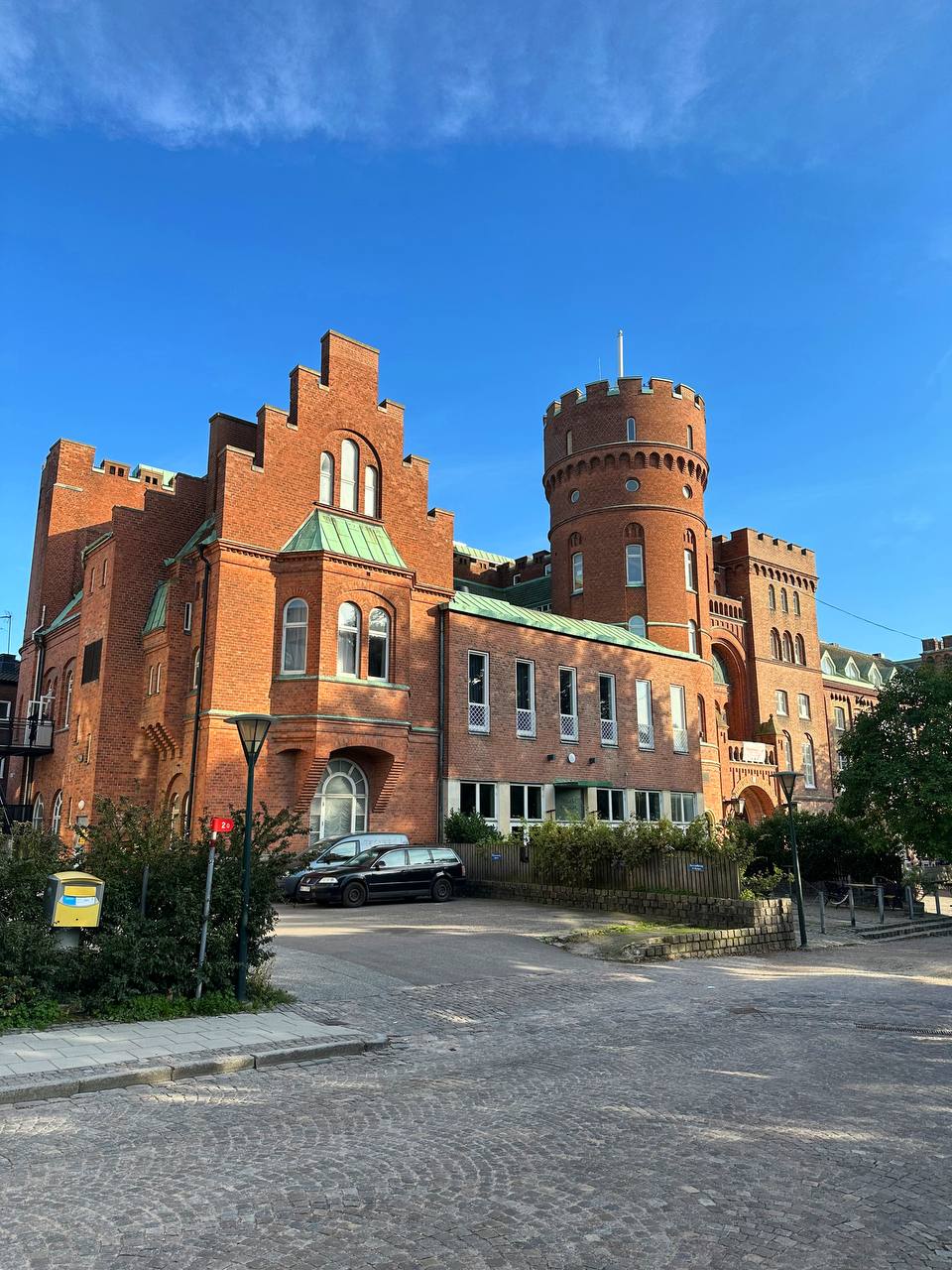


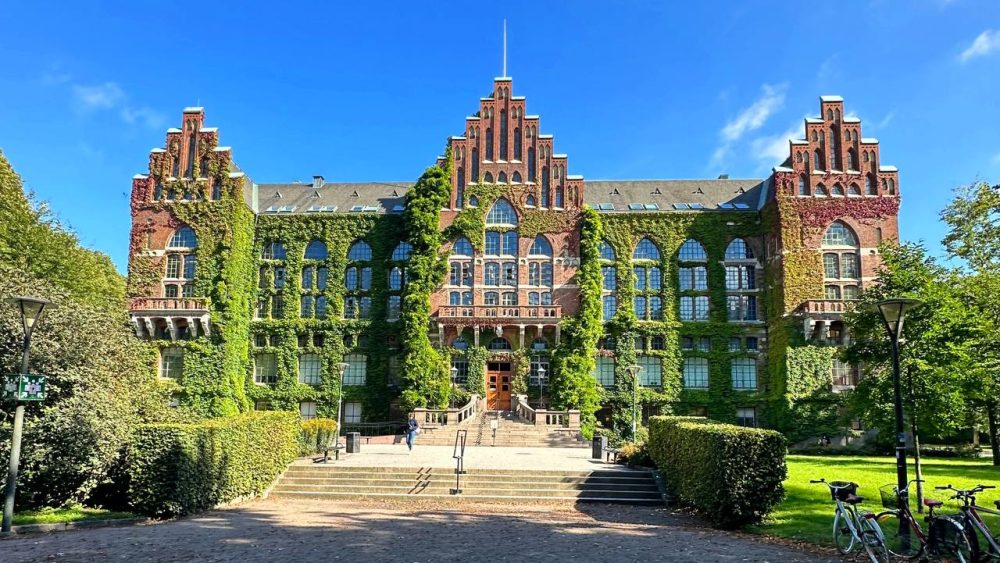
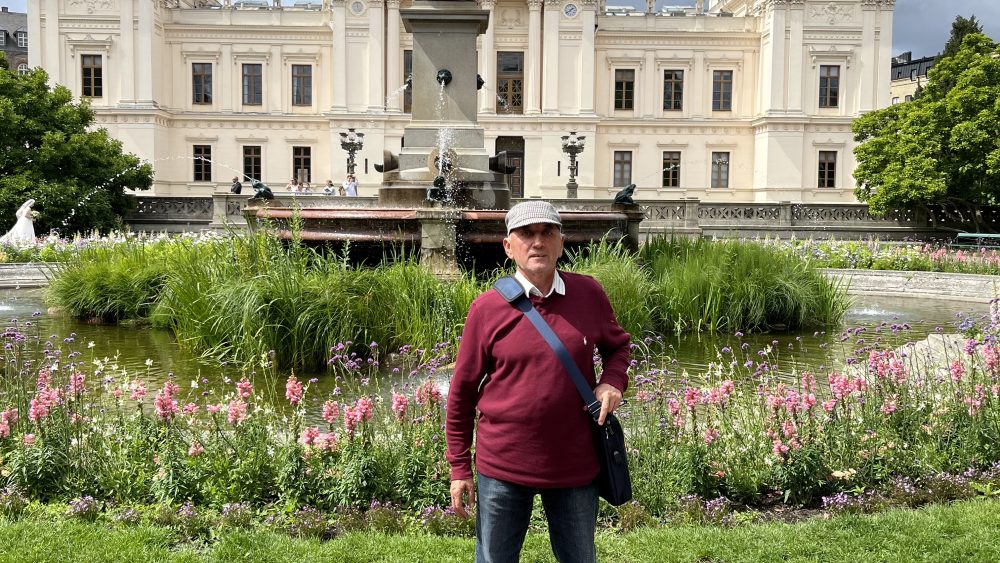
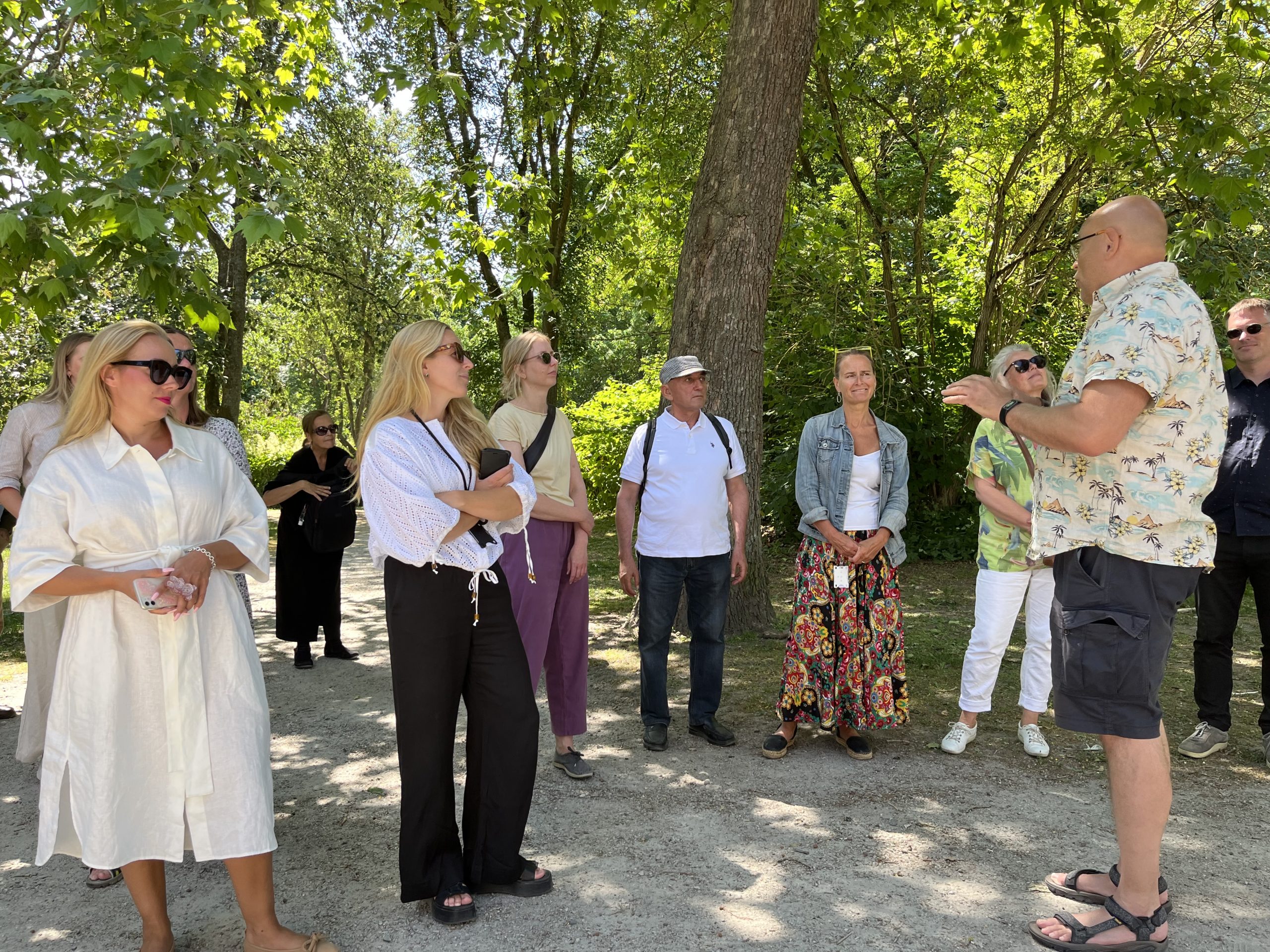

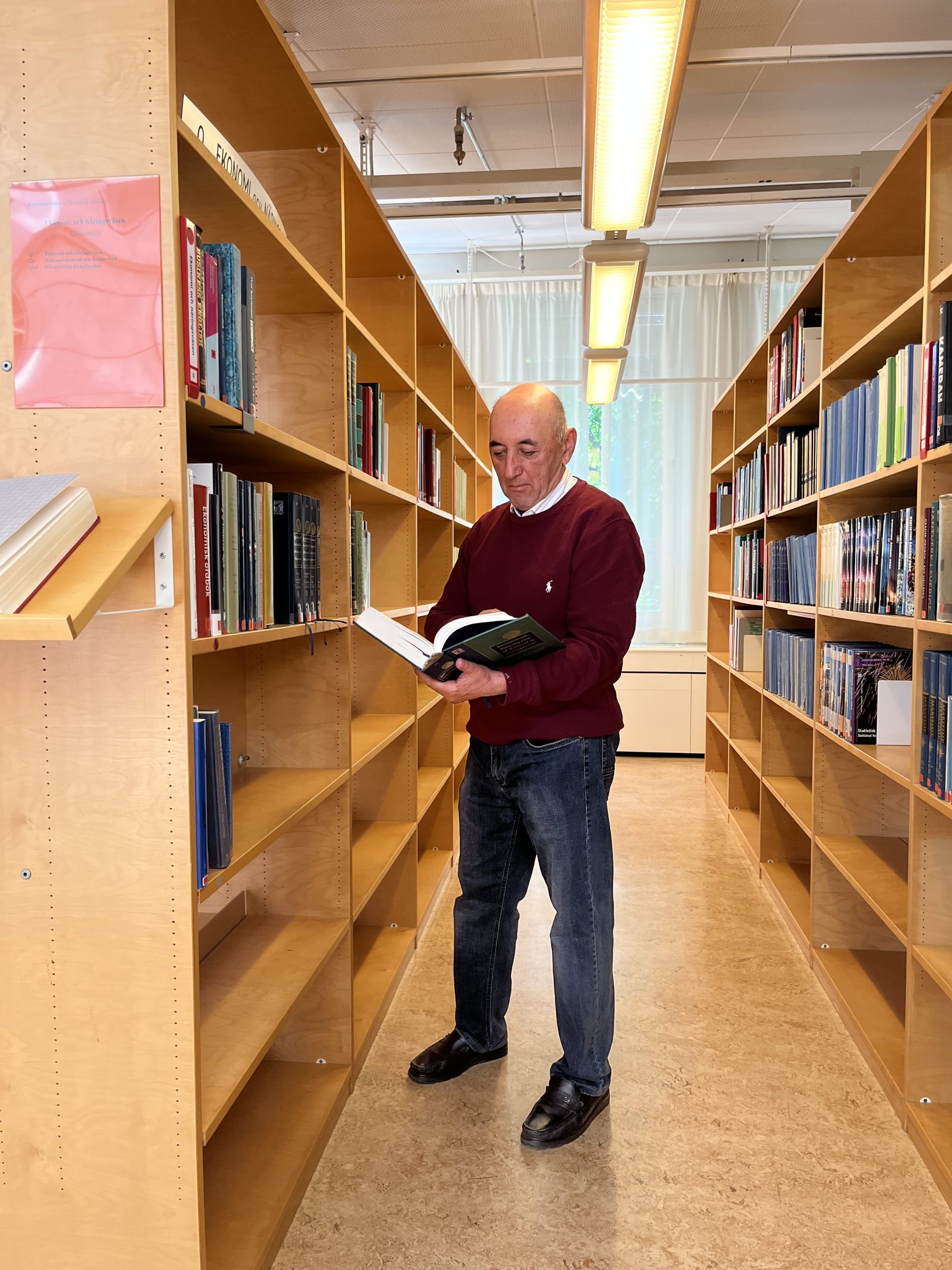
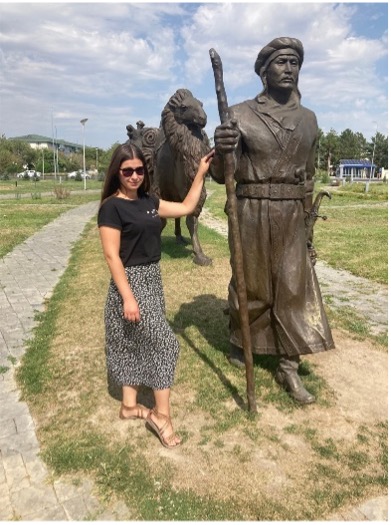
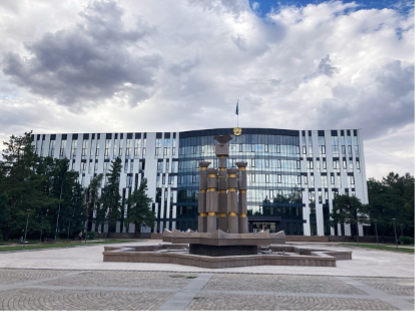

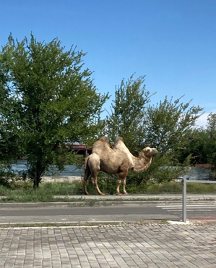



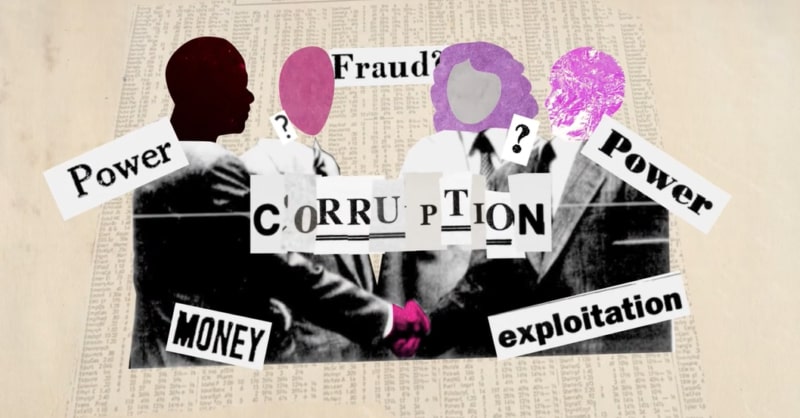






Comments